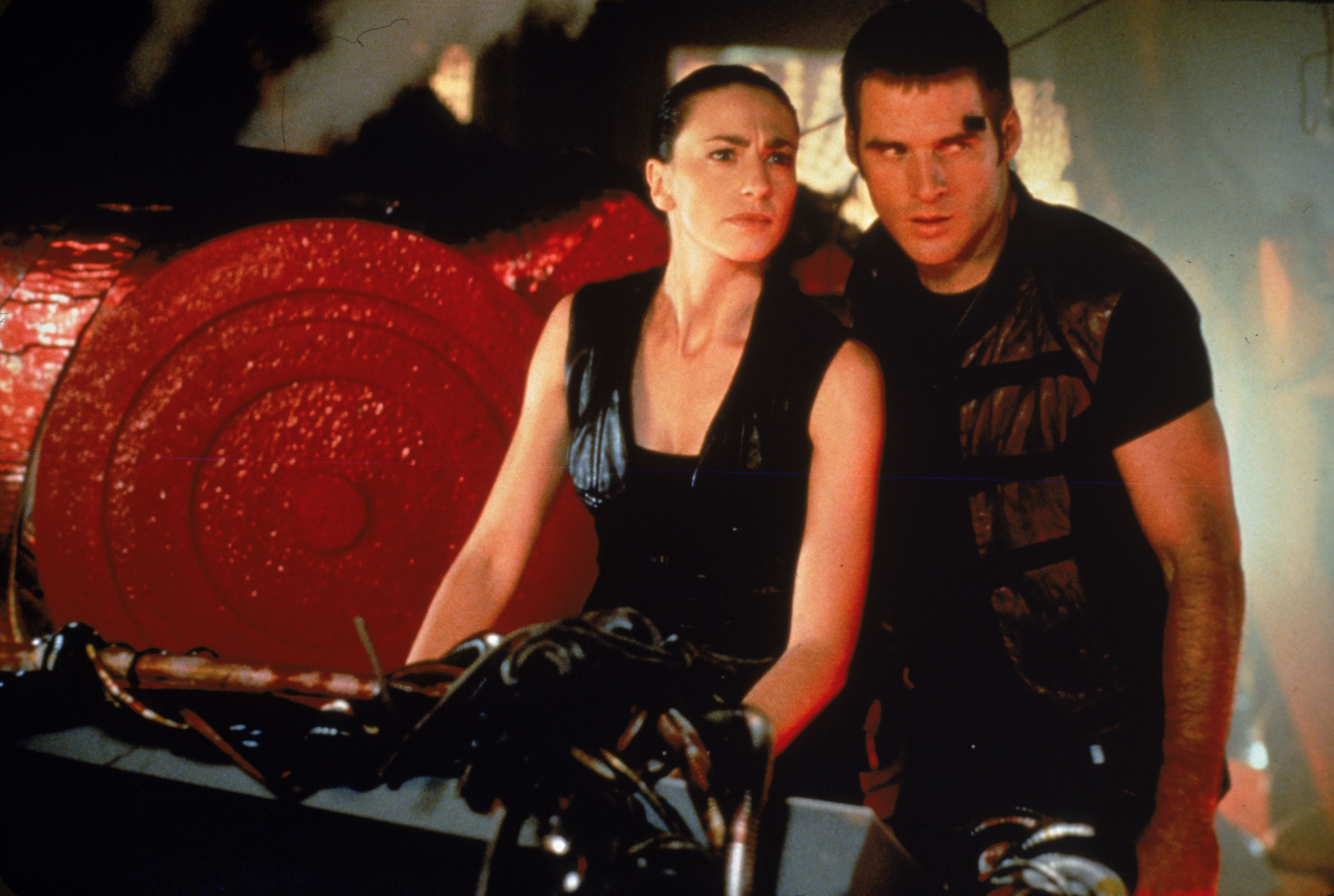
The first crewed launch of Boeing’s Starliner spacecraft was a success, marking a significant achievement in space exploration. Veteran astronauts Suni Williams and Butch Wilmore embarked on this historic journey, which had its fair share of delays and technical challenges.
After a couple of setbacks, Starliner finally launched on an Atlas V rocket, initiating the final certification process for Boeing’s crewed Starliner capsule. NASA’s Commercial Crew Program funded this spacecraft, much like SpaceX’s Crew Dragon.
NASA Administrator Bill Nelson hailed this milestone, emphasizing the importance of human spaceflight in advancing exploration. With Starliner now in orbit, it joins a prestigious list of crewed spacecraft in U.S. history.
The next phase of the mission involves docking with the International Space Station (ISS), where Williams and Wilmore will spend eight days conducting tests and delivering crucial components. Upon completion, they will return to Earth in the same capsule, paving the way for future missions to the ISS.
This successful launch signifies a significant step forward for U.S. space exploration, as the country continues to expand its crewed launch capabilities post-Space Shuttle program. The future looks promising, with both Starliner and Crew Dragon set to play pivotal roles in upcoming missions.
Exciting times lie ahead for space exploration, as advancements like these open up new possibilities for astronauts and researchers alike. Stay tuned for more updates on this groundbreaking mission as it unfolds.

